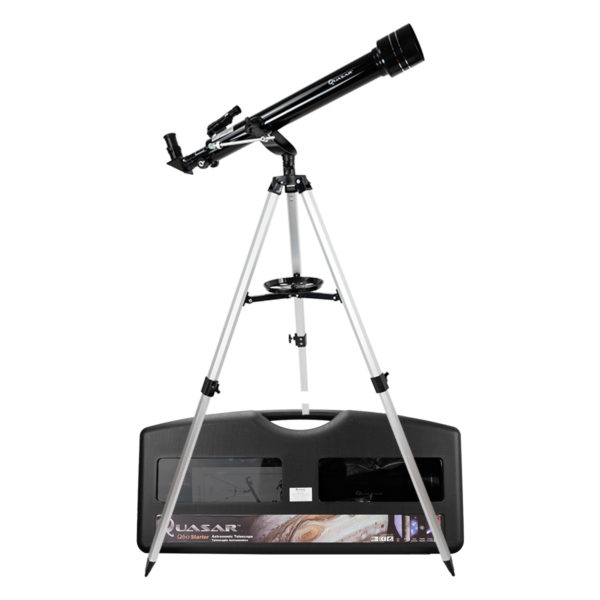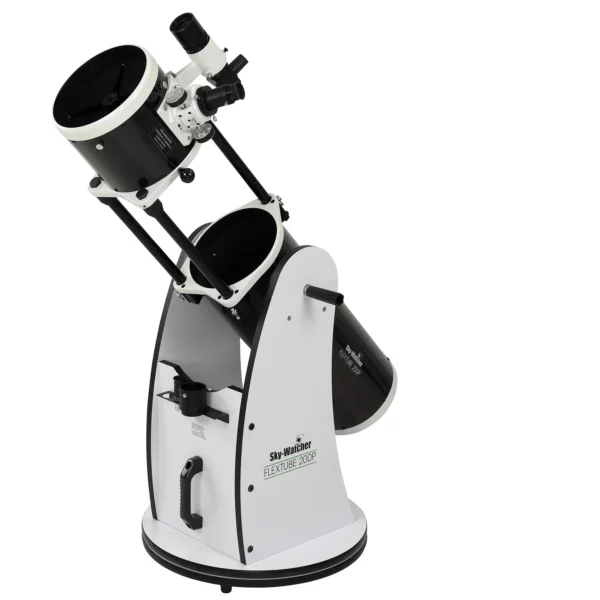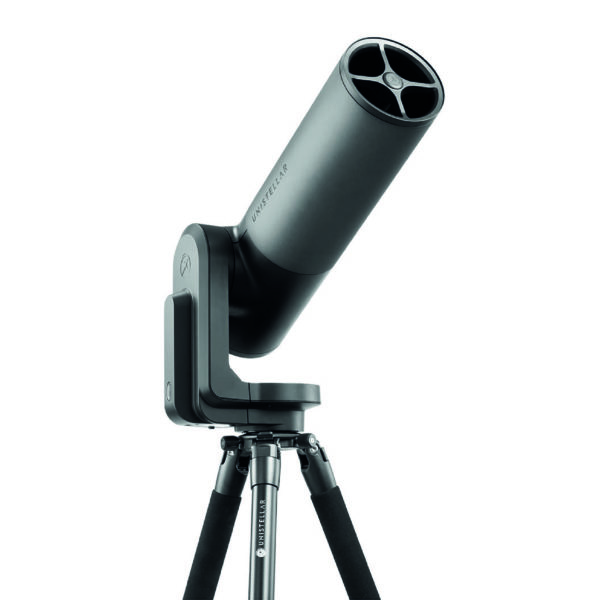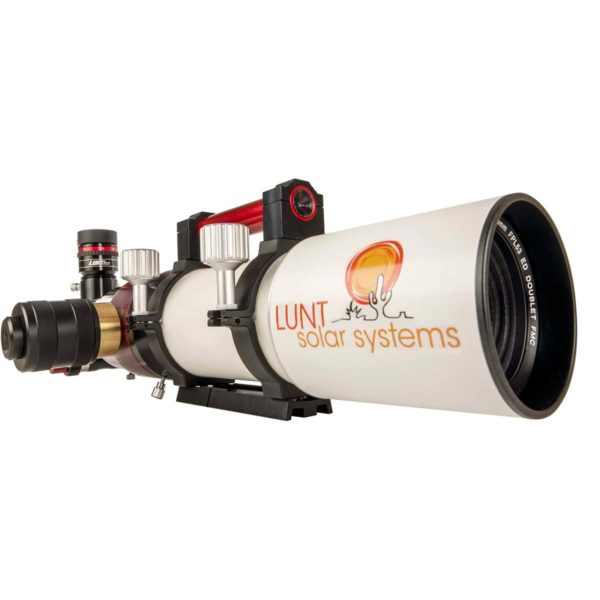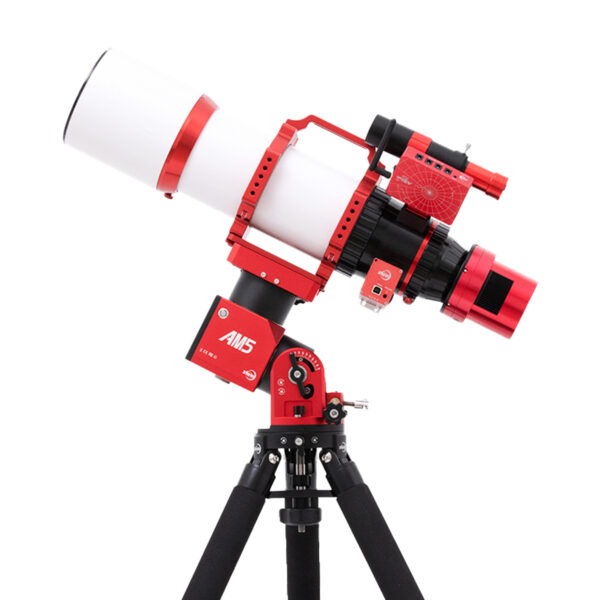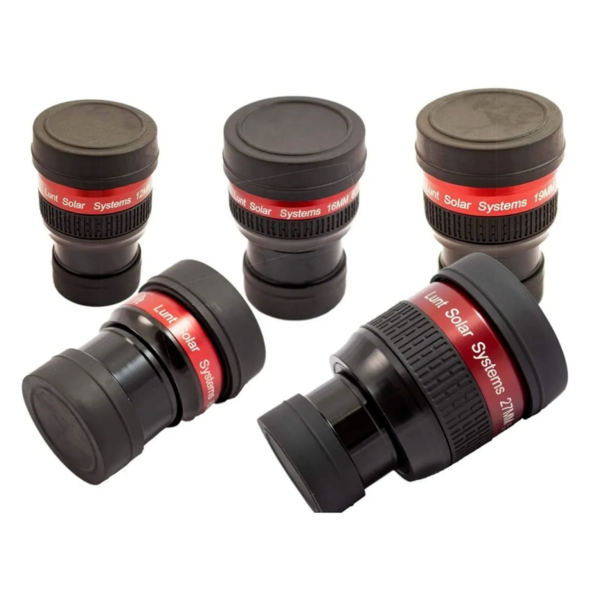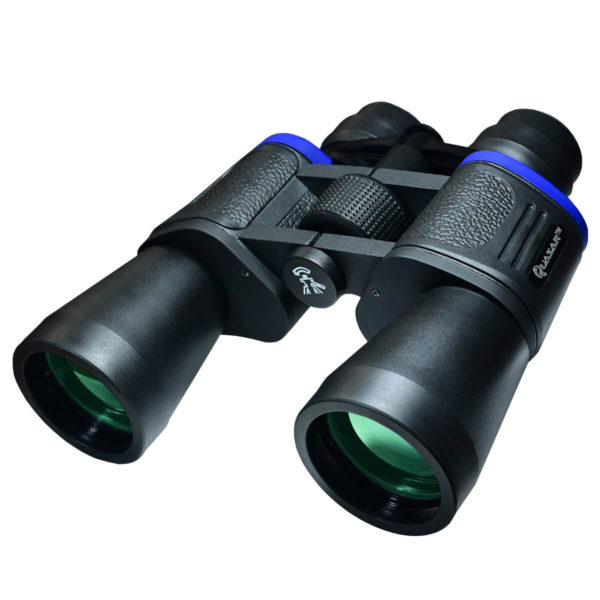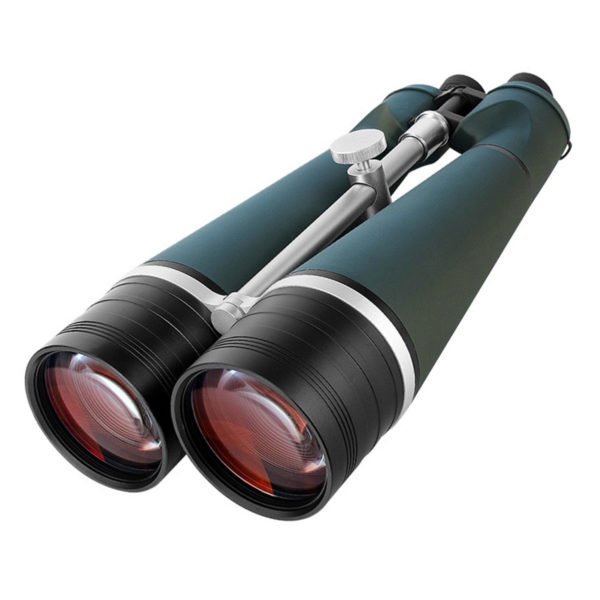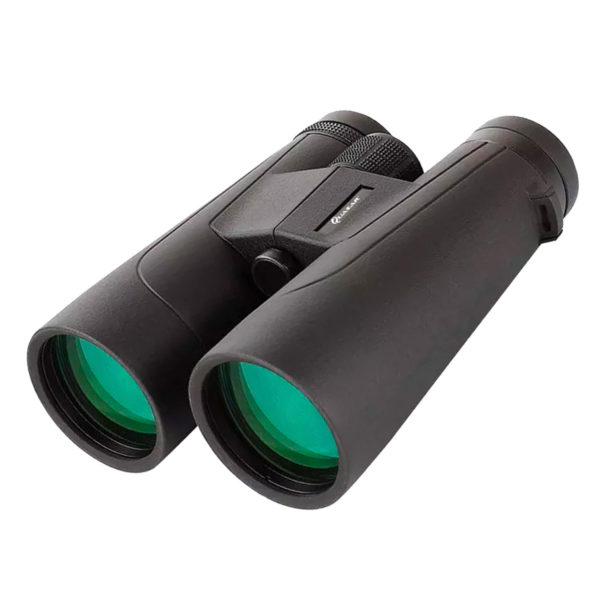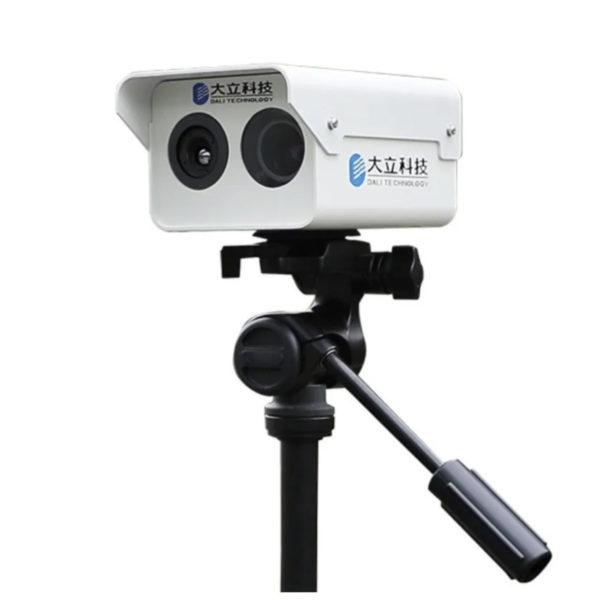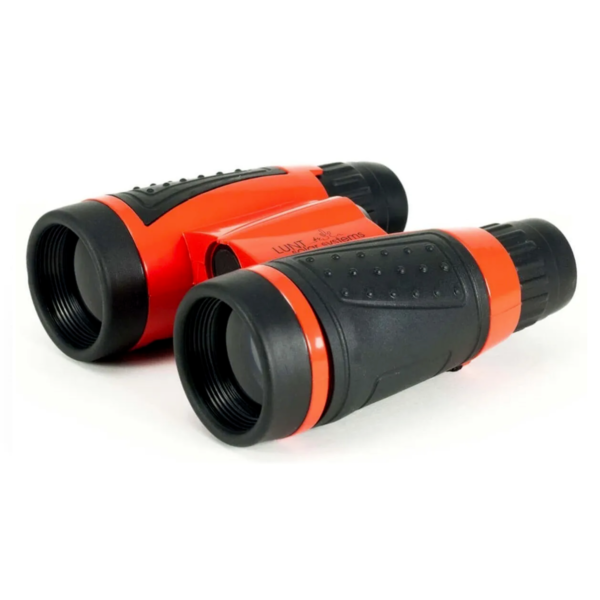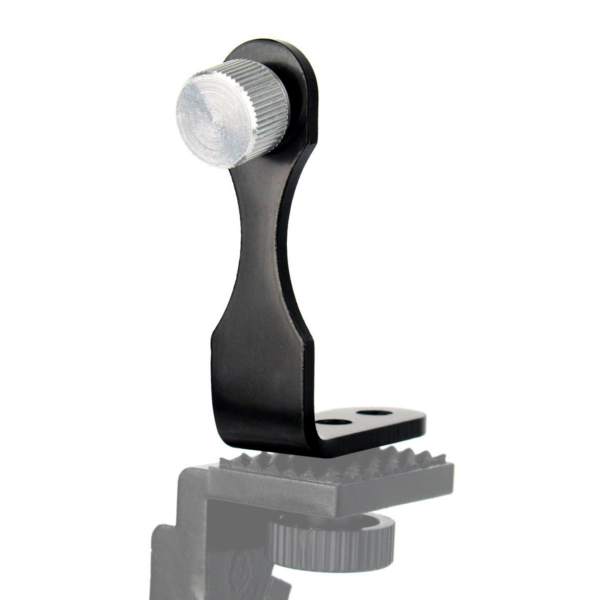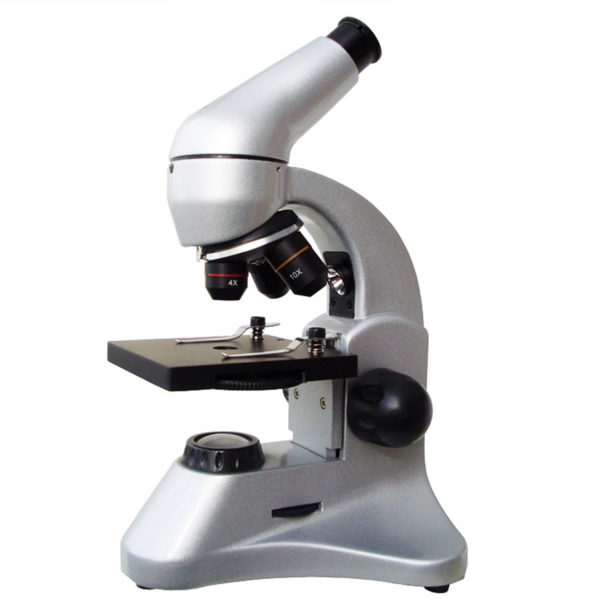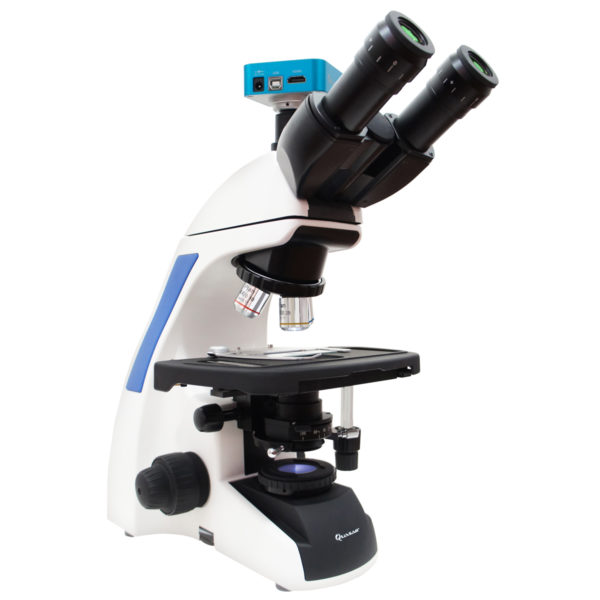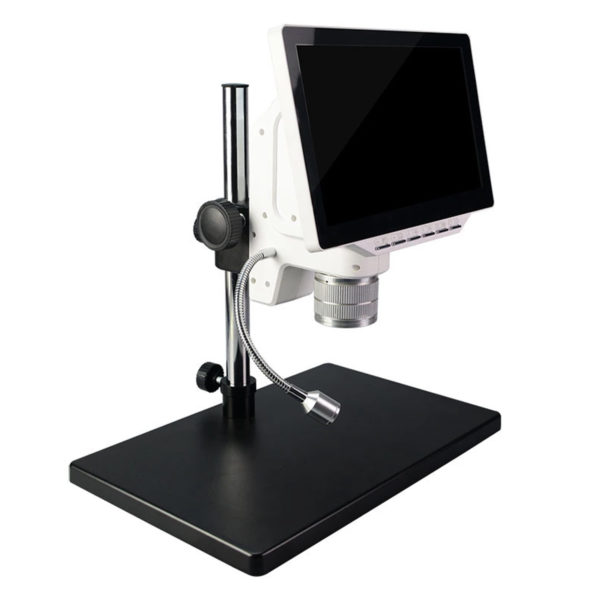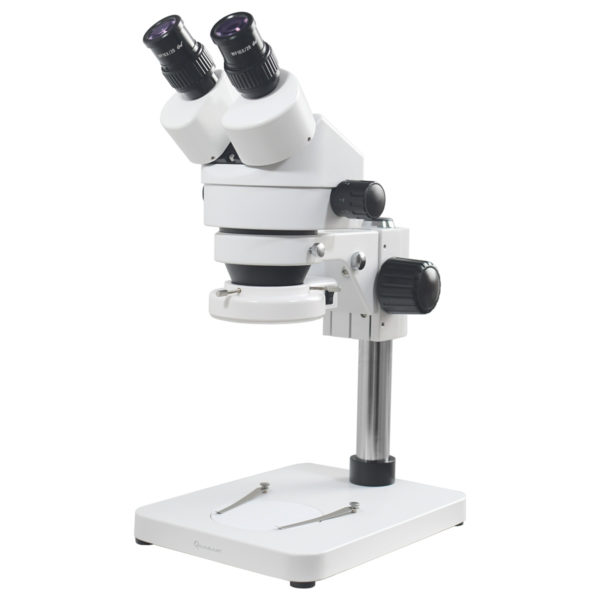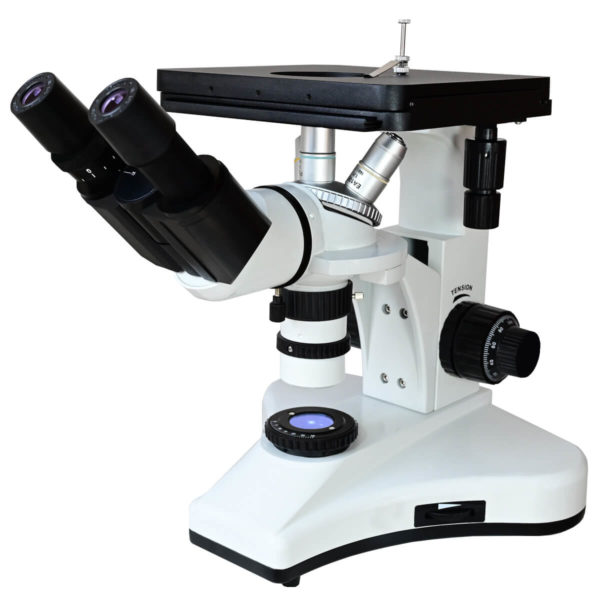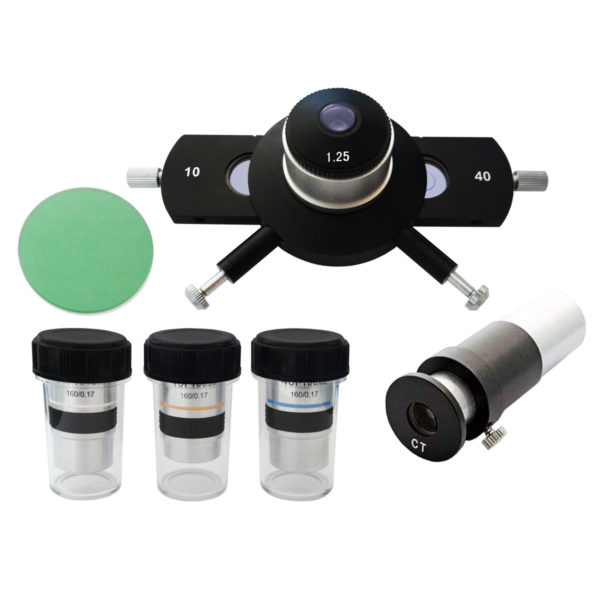How the James Webb works

It’s been a few days since the James Webb showed its first official images, the hype subsided, we all marveled, and patiently awaited the discoveries it would throw up.
The picture of the deepest area of the observable universe, a very early universe, picture that had to be taken in the infrared range, and it looks good and after twelve hours this came out.
In the foreground we find the galaxy of the cluster Smacs 0723, located at a ridiculous amount of 4.2 billion light years. In the background we find distorted figures of even more distant galaxies, which until now were unknown, they are those that are right in the background that light deflected by the gravitational effect of the SMACS 0723 galaxy.
Well, the photo immediately enters into a historical context, a before and after, James Webb takes the images with several eight-pointed stars and why?
Well, this is due to sensors that are more similar to those of our cell phones than to those of the most common telescopes, the light is captured by a sensor whose objective is to transform light energy into a digital image. We generally distinguish between traditional charge-coupled device (CCD)-based sensors and metal-oxide-semiconductor (CMOS) sensors.
In this sense, the James Webb incorporates four key instruments based on optical sensors for the observation of the cosmos in the infrared:

MIRI (Mid Infrared Observation Instrument). It covers a wavelength range from 5 to 28 microns, this allows to observe distant galaxies and stars in formation.
NIRCam (Near Infrared Observation Camera) This camera allows the observation of the most distant objects in space in a range of 0.6 to microns.
NIRSpec (Near Infrared Spectrometer). It is the only instrument that does not contain a camera and will be able to analyze the different wavelengths of very distant emission sources. You can observe 100 objects at the same time.
FGS/NIRISS (Near Infrared Imaging and Power Sensors). It will allow the telescope to be correctly aligned to obtain high quality images, especially the detection and characterization of exoplanets in the 0.8 to 5 micron range.
All of these sensors create the effect, but the hexagonal shape of the telescope’s mirror is what causes the diffraction and creates the shape of 8-pointed stars. So it works like this, diffraction is deviation in the rectilinear propagation of light waves, when they cross an opening or the edges of an obstacle.
In everyday life we can see this phenomenon constantly, for example on a DVD when we illuminate it with light, through a mosquito net, in short, in various objects, the only difference being that in mirrors with those mirrors with circular geometry, the directive pattern has a series of circles and is called an Airy disk.



